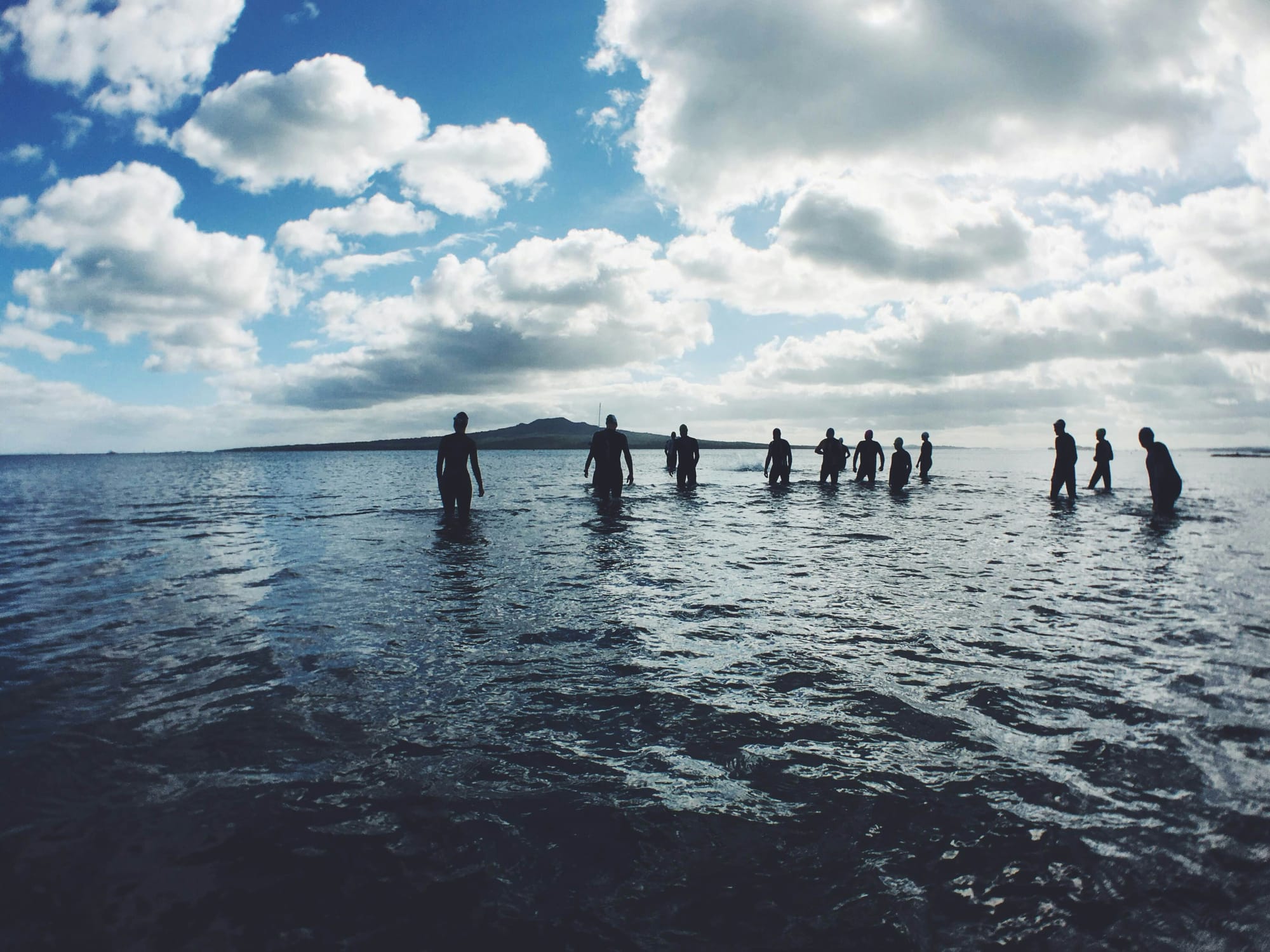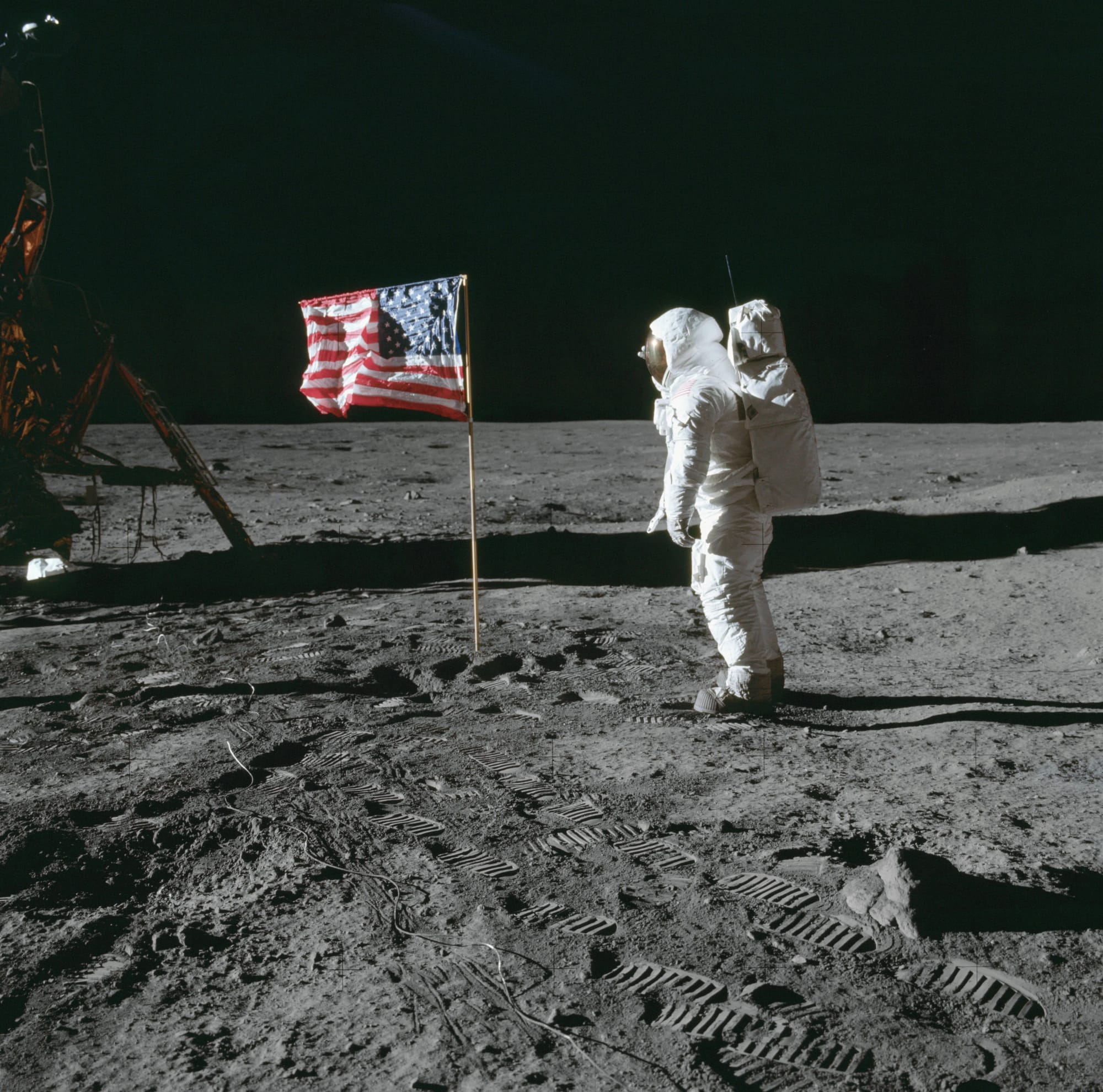AI and Inductive Reasoning: Possibilities and Implications
by Joao-Pierre S. Ruth, Senior Editor | Information Week
How artificial intelligence sifts through data to generate results can be influenced by the underlying framework and methodology it deploys. Inductive reasoning, or induction, is an approach that forms general theories based on specific presented evidence. That sounds straightforward but there can be questions about the methodology’s influence on results, and whether the “best” results produced are comprehensive.
Metaverse expert Matthew Ball still believes in the 3D internet
By Nilay Patel | Editor-in-chief of The Verge
This week on Decoder, I talked to author Matthew Ball, who was last on the show in 2022 to discuss his book “The Metaverse: And How it Will Revolutionize Everything.” It’s 2024, and it’s safe to say that has not happened yet. But Matt’s still on the case — in fact, he just performed an almost complete update of the book, now with the much more sober title, “Building the Spatial Internet.” It’s out next week on Tuesday, July 23rd.
3 Minute Read + 43 Minute Listen →
Real-time water quality monitors installed at wild swimming spots in southern England
by Betsy Reed | Editor, Guardian US

Real-time water quality monitors are being installed at wild swimming spots and beaches across southern England to help people assess their immediate risk of getting ill from polluted water.
Wessex Water is installing sensors at three freshwater sites in Dorset, Somerset and Hampshire, plus two coastal sites in Bournemouth, after a successful pilot study at Warleigh Weir near Bath. Here, the artificial intelligence-based system correctly predicted when bacteria in the water were high 87% of the time.
🌙 NASA - Best Photo from Last Week
Explorers on the Moon: Apollo 11 Landing

On July 20, 1969, astronauts Neil Armstrong and Buzz Aldrin landed on the Moon in the lunar module “Eagle.” Afterward, Aldrin posed for this photo, taken by Armstrong, beside the United States flag.
The Apollo 11 mission’s main goal was to perform a crewed lunar landing and return to Earth. The crew also conducted scientific exploration of the Moon’s surface and deployed a television camera to transmit signals to Earth. Armstrong and Aldrin spent 21 hours and 36 minutes on the Moon. They explored the surface, took extensive photographs of the lunar terrain and each other, and collected lunar surface samples.
The two moonwalkers left behind commemorative medallions bearing the names of the three Apollo 1 astronauts who lost their lives in a launch pad fire, and two cosmonauts who also died in accidents, on the lunar surface. Also left on the Moon were several tokens of world peace.
See more photos from this historic mission.
Image credit: NASA


Disclaimer: None of the content in this newsletter is meant to be financial advice. Please do your own due diligence before taking any action related to content within this article.
Disclaimer: Unbound is reader-supported. When you buy through links on our site, we may earn an affiliate commission.






